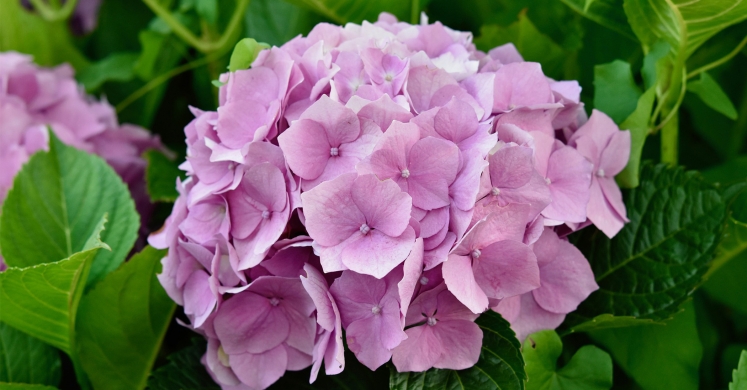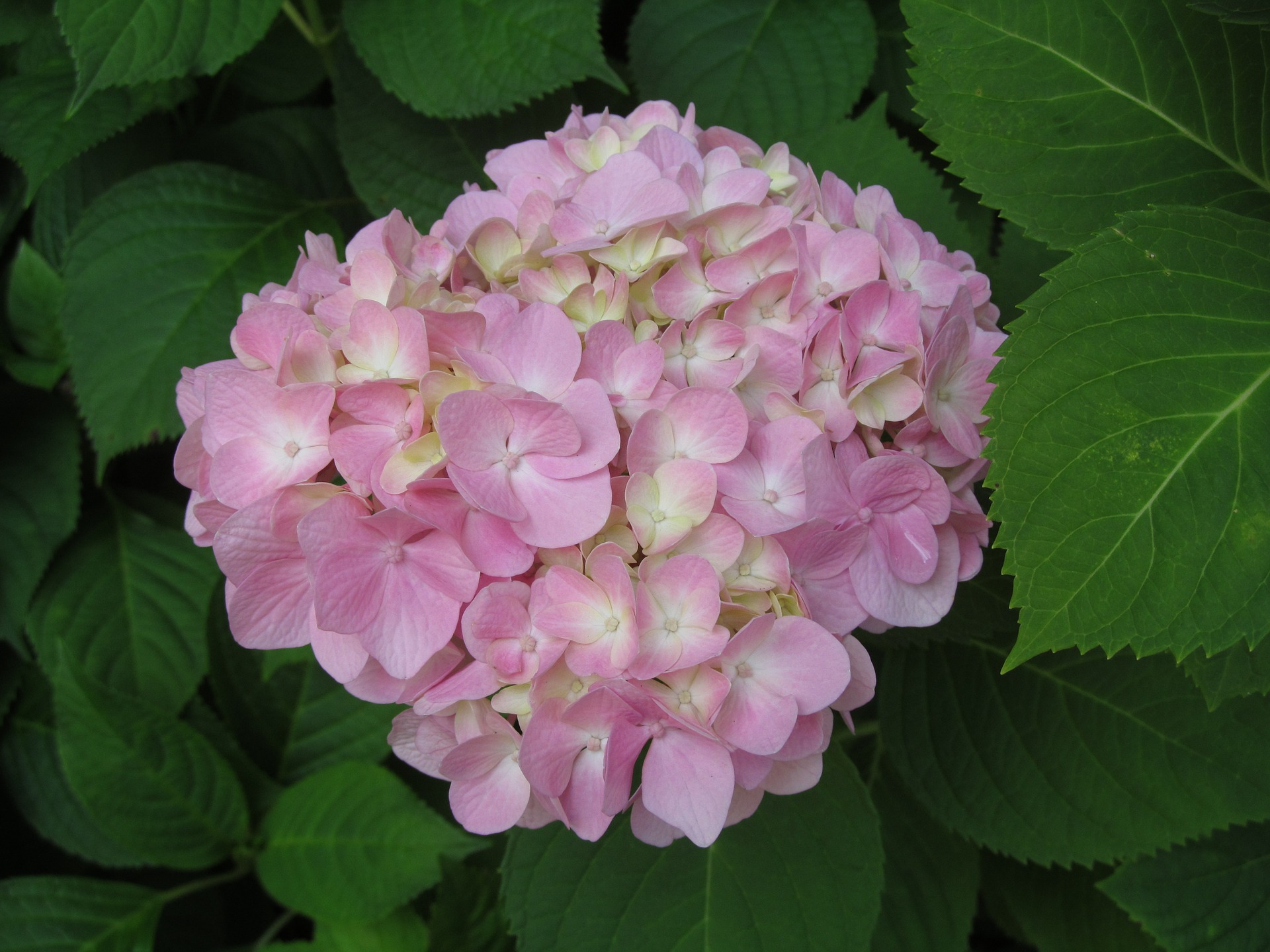Blog

Ask Dr. Phipps: Hydrangea Help
Q. I have a couple of mophead hydrangeas that bloom in the summer. I would like to know when and how to cut them back. Typically there are only about 6 blooms so I imagine I’m cutting back at the wrong time and in the wrong way. Can you help advise me for next year?

A. The botanical name for mophead hydrangea is Hydrangea macrophylla which means big leaf hydrangea. These are some of the most beautiful hydrangeas. Follow these rules and your mophead hydrangea will bloom beautifully in the future:
DO NOT PRUNE (unless absoluterly necessary)
Mophead hydrangeas do not need to be cut back unless you are trying to control their size. If you absolutely must cut them back, do so right after they bloom because you do not want to destroy too much of their "old wood" (established branches). Cut off any dead wood you see back to the ground. If there are crossing branches, you can cut one of them back to the ground. Crossing branches rub together in the wind and can create a raw section of bark that invites disease or insect damage. Hydrangea macrophylla bloom from "old wood" each spring and summer. So if you have been cutting back the wood, you are cutting away the area where the shrub produces blooms. If you are trying to control the size, only cut off 1/3 the height of the branches. Cutting off more than 1/3 of any perennial sends it into shock. It will probably recover but it may take much longer. If you don't need to control the height, do not prune the hydrangeas at all. Just let them get big and beautiful!
FERTILIZING
Fertilize your hydrangeas with Holly-tone twice a year. If you don't normally use Holly-tone, it is an organic fertilizer that you can find at any nursery or Home Depot or Lowe's. If you haven't yet fertilized for the fall, go ahead and buy some Holly-tone and follow the instructions on the bag to fertilize them right now. Don't wait because you want to get them fertilized before winter sets in and the ground freezes. Then fertilize them again in early spring (usually the end of March or beginning of April). Holly-tone is a nice slow release fertilizer and will not harm the shrub during the winter when it is dormant. You don't need to water in the fertilizer. Nature will do that for you with rain and snow.
MULCHING
Hydrangeas are shallow fibrous rooted shrubs so it is a good idea to lightly mulch the area around them to protect them in the winter from icy winds. (Add the Holly-tone fertilizer to the ground before you mulch). Never mulch a plant, shrub, or tree right up to the trunk. Leave at least two to three inches of space around the plant’s stalks or trunk. Also, heavy mulch is not necessary; 1-2 inches of mulch is all that is needed. For your hydrangeas, you can buy a bag of leaf compost or hardwood mulch to do the job. (Do not use mushroom manure because the pH level is too high for hydrangeas and will kill them over time). Mulch out to the dripline of the shrub. The dripline is the area beneath where all the branches reach out around the shrub. (Remember to leave space around the main stalks).
Here is some additional information about hydrangeas, including different varieties.

